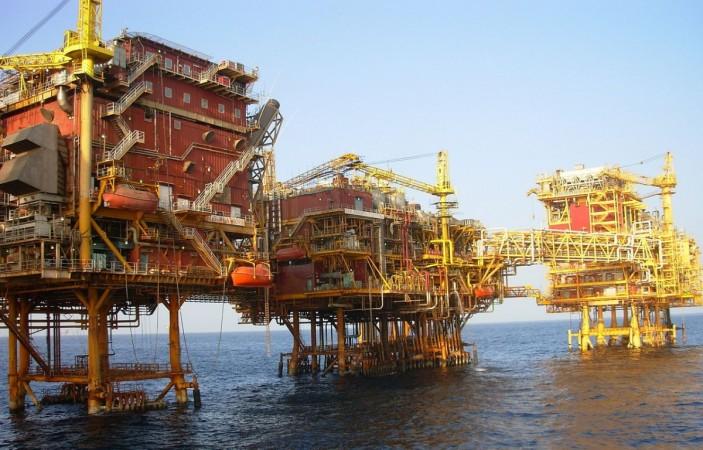
Natural gas hydrate deposits were found in the Krishna-Godavari Basin in the Bay of Bengal by a joint expedition team, including the United States Geological Survey (USGS), the Indian government and Japanese scientists, said the USGS on Tuesday. The discovery has the potential to help India, which currently imports a major chunk of its fuel, in fulfilling its energy needs.
This was the second such expedition undertaken by the USGS and the government of India. The gas hydrates found by the Indian National Gas Hydrate Program Expedition 02 are producible unlike the discovery during the first expedition. For natural gas to be "producible with existing technologies," it has to occur in sand reservoirs, the US government agency said.
"Advances like the Bay of Bengal discovery will help unlock the global energy resource potential of gas hydrates as well help define the technology needed to safely produce them," said Walter Guidroz, USGS Energy Resources Program coordinator.
The gas hydrate deposits, located in the Krishna-Godavari Basin, were found within coarse-grained sand-rich depositional systems. The discovery can help India diminish its dependence on coal and petroleum, eventually affecting the India's carbon footprint.
The team was led by Oil and Natural Gas Corporation on behalf of the Ministry of Petroleum and Natural Gas, in cooperation with the USGS, the Japanese Drilling Company and the Japan Agency for Marine-Earth Science and Technology.
The team will now test if the production of the naturally occurring fuel is "practical and economic."
"The results from this expedition mark a critical step forward to understanding the energy resource potential of gas hydrates," said USGS Senior Scientist Tim Collett, who participated in the expedition.
"The discovery of what we believe to be several of the largest and most concentrated gas hydrate accumulations yet found in the world will yield the geologic and engineering data needed to better understand the geologic controls on the occurrence of gas hydrate in nature and to assess the technologies needed to safely produce gas hydrates."










![Sky is the limit: IndiGo is now tenth largest airline by capacity globally; growth indisputable [details]](https://data1.ibtimes.co.in/en/full/767454/sky-limit-indigo-now-tenth-largest-airline-by-capacity-globally-growth-indisputable-details.jpg?w=220&h=138)






